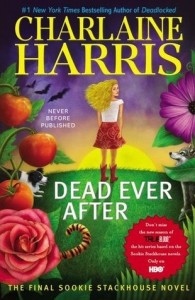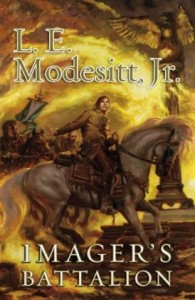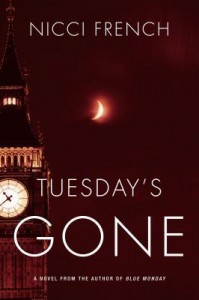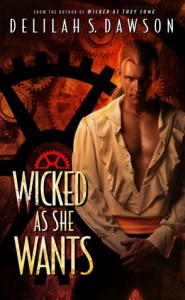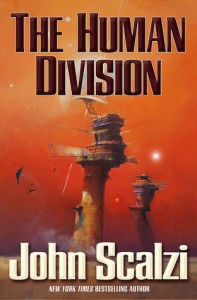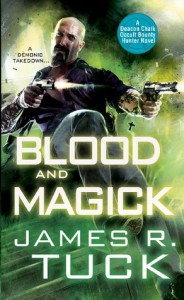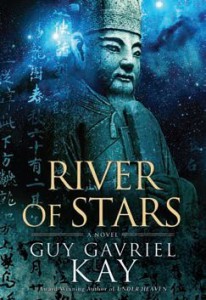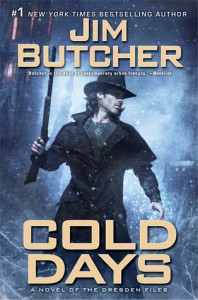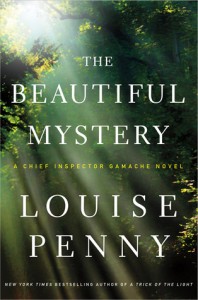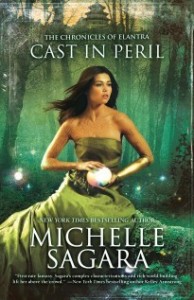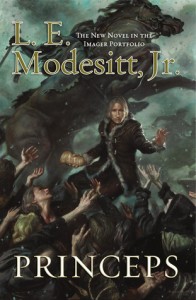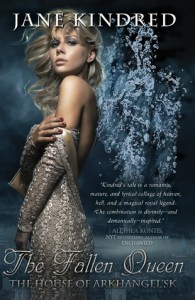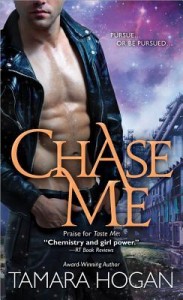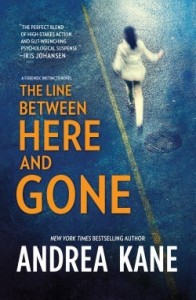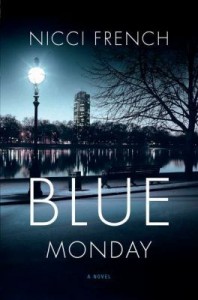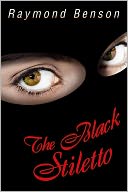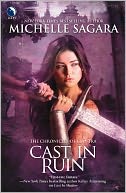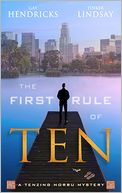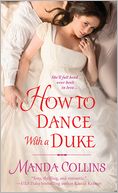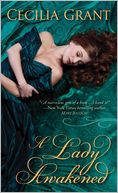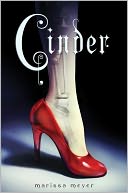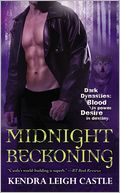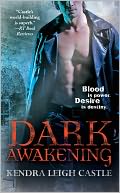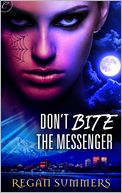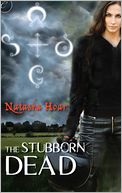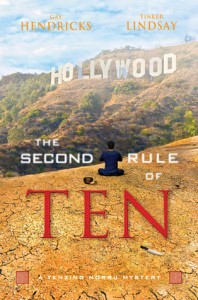 Format read: ebook provided by NetGalley
Format read: ebook provided by NetGalleyFormats available: Trade Paperback, ebook
Genre: Mystery
Series: Tenzing Norbu #2
Length: 352 pages
Publisher: Hay House Visions
Date Released: January 2, 2013
Purchasing Info:Gay Hendrick’s Website, Tinker Lindsay’s Website, Publisher’s Website, Goodreads, Amazon, Barnes & Noble, Book Depository
“Beware your old, limited models of thinking: no matter how safe they make you feel, eventually you will become their prisoner.” That’s the second rule of Ten.
Tenzing “Ten” Norbu—ex-monk and ex-cop—is back! In The Second Rule of Ten, the next book in the Dharma Detective series, our daring detective faces a dead Hollywood producer, an ailing philanthropist’s missing sister, and a way-too-sexy pathologist, who are all wreaking havoc with his serenity—and that’s before the arrival of cartel king and arch-nemesis Chaco Morales. As Ten moves deeper into the case, things get personal when his two best friends in Dharamshala go missing, and his former LAPD partner, Bill, turns oddly distant. Ten’s journey for the truth propels him from gang-ridden, dangerous Boyle Heights in east LA to Lhasa, Tibet, and back again. He must wrestle with more than one limiting thought and inner enemy if he is to identify, much less overcome, his rapidly multiplying outer ones. The clues to solving this complex cluster of mysterious events are sprinkled all over the City of Angels, but the ultimate answers, as always for Ten, lie inside.
Tenzing Norbu is a lot of things. He’s an ex-LAPD detective. He’s an ex-Buddhist monk. He’s a currently unlicensed private investigator. He’s also a relatively young man who still has a boatload of unresolved issues with his parents. But mostly he is an absolute gift to mystery fans, because Ten brings a fresh perspective to the business of solving crimes.
Ten also shares living space with one of the most magnificent cats ever to provide solace to any investigator. Tank is a marvelous character in his own right. He never does anything except be a cat. This is not that kind of mystery. Tank is just Tank, and that’s exactly what Ten needs him to be.
Ten works in Los Angeles, and he still has somewhat of an outsider’s perspective. He grew up in a Buddhist monastery in India, where his father is still one of the lamas. Ten’s unresolved issues with his father, and the trouble those cause him, are a fascinating side-plot to Second Rule.
But Ten’s unusual upbringing mean that he is still adapting, even after a dozen years in the U.S. Western popular culture is something that he did not experience until he arrived here, and the back story of Hollywood is not part of his cultural life from birth.
But his former clients are from the world of Hollywood stars and Hollywood producers. White-collar crooks, in other words. When one of them dies unexpectedly, his former LAPD partner asks for his help on the high-profile case. A case in which nothing is as it seems.
The second rule of ten is: “Beware your old, limited models of thinking: no matter how safe they make you feel, eventually you will become their prisoner.”
Ten is forced to examine all of his pre-conceived notions about his relationship with his ex-partner and friend, the case, the crime, and in the middle of everything, himself and his relationship with his father.
It’s only when he dismantles all of his underlying assumptions that he finds his way towards a resolution of anything at all.
Escape Rating A-: It’s Ten’s insider/outsider perspective that make him so interesting to watch. He’s a good detective, or the whole thing wouldn’t work as mystery, but it does.
A part of Ten’s second rule does boil down to “assume makes an ass out of u and me” but that principle does have universal application. When not minded, it inevitably bites one in the, well, ass.
A lot of Ten’s charm is that he is more self-aware than average, but the thoughts that he is self-aware of seem normal. He may be an ex-monk, but he isn’t holier or more righteous than anyone else. He screws up and then tells himself he’s an idiot for screwing up, just like the rest of us. He’s just slightly better at telling himself to stop the negative self-talk than most of us. He’s also more aware that that negative self-talk is frequently in his father’s voice.
The resolution of the relationship between Ten and his father is going to be fascinating to watch. The reader feels for Ten’s side of the equation, he was just not meant to be a monk. There will be more to come on this front in future books, now that readers have come to care about the character’s development.
In the end, this is a mystery story. There is a crime to be solved. How it gets solved has a lot to do with the way Ten sees the world. Most of how he solves the crime is as a cop. But there’s always an element that makes him unique, because he treats people differently. He gets different answers because he asks different questions.
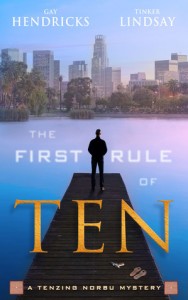 When I finished The First Rule of Ten last January (see review) I immediated started stalking NetGalley for Second Rule. And it looks like I’ll be stalking NetGalley again for the next book in the series.
When I finished The First Rule of Ten last January (see review) I immediated started stalking NetGalley for Second Rule. And it looks like I’ll be stalking NetGalley again for the next book in the series.


